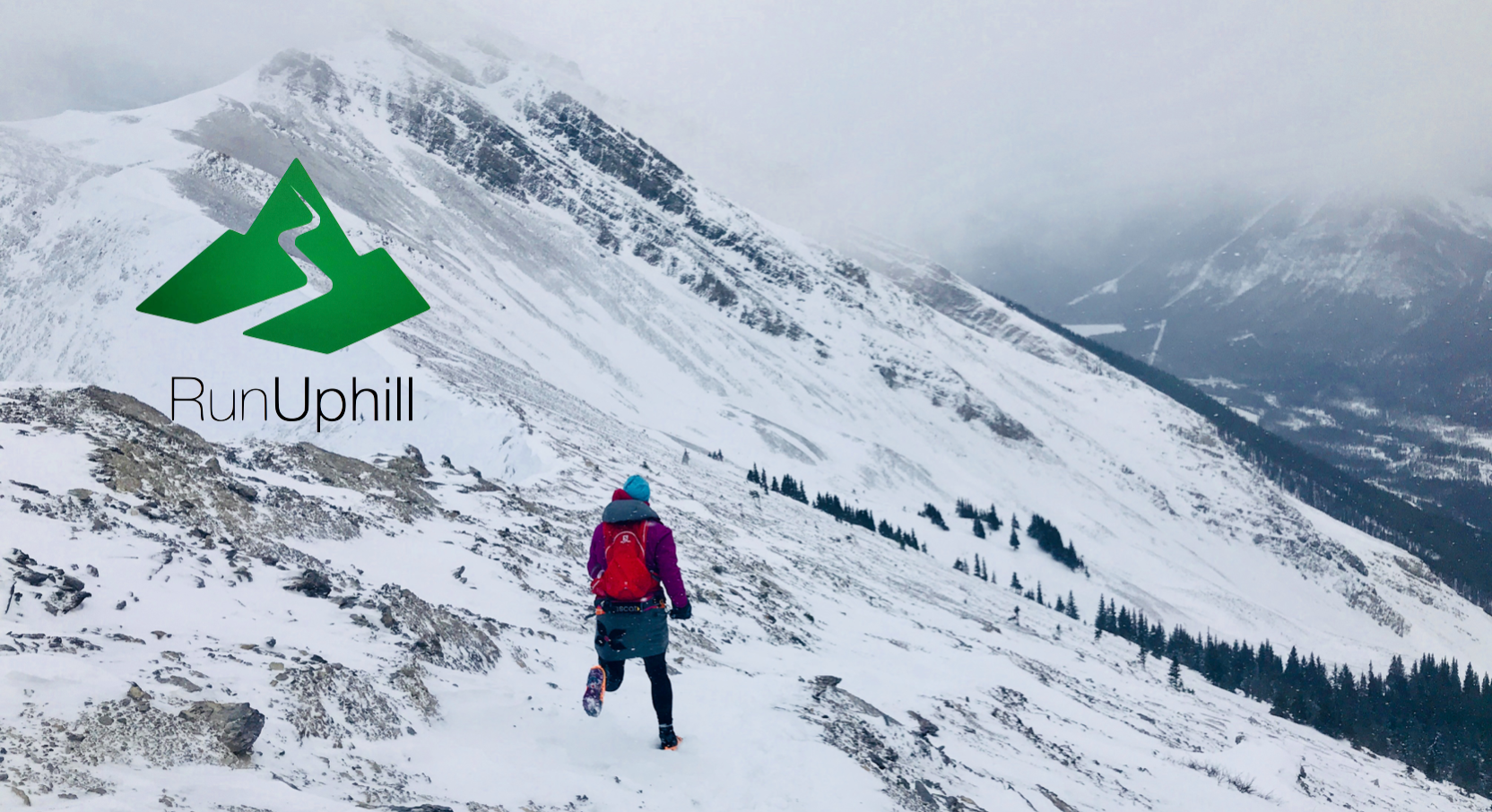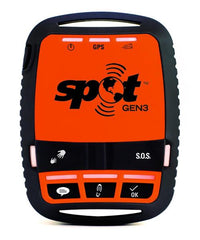Order over $100 and get Free shipping in Canada
Free shipping Across Canada On Orders Over $100

As soon as the temps get colder and the snow starts falling people change from running to winter sports like cross country skiing, backcountry and resort skiing and other winter sports. Running is a winter sport in many areas while others stay clear of it. Growing up in Manitoba made me a winter runner and many days were spent running in -30C weather. So what are some things to think about when heading out for a run in colder weather?

Layering:
Layering isn’t just for cakes. It’s important to stay dry and warm when it’s cold. To start off, you'll want a light layer made of merino wool or polyester to wick any moisture away from your skin and allow its evaporation. Up next a thermal layer with a waffle or Grid pattern fabric provides great insulation and great wicking properties. Adding in an additional thicker fleece or stretchy breathable insulation layer for those really cold days will provide great thermal support. If it's a stormy day and you find yourself in a lot more snow and wind than usual, an outer wind or weather proof shell will be important. I'm sure you've heard of Gore-tex before but here is a little breakdown of what is Gore-tex is. It is a complex water proof breathable membrane that is sandwiched in between the face fabric of a jacket and the backer. As a result, it allows the vapour that you're creating to escape while preventing snow or rain from coming in. Almost all outdoor apparel companies have their own version of Gore-tex. Patagonia has H2No, The North face has HyVent, Karpos has K-Dry and they all tend to be more affordable then Gore-tex. That being said, choosing the right weight of shell is crucial to not overheat. Something like a Gore active shell will be far more suitable to running then a 3 layer Gore PRO shell.
Being cool when you start is ideal. You will warm up and being a little bit cold at the start will allow you to be at the perfect temperature when you are running. If you overdress and get sweaty you will be looking for the nearest place to warm up instead of running that extra kilometre.
Communication:
Everybody has a cell phone nowadays and it’s a great way to stay in touch, track your run and everyone knows, ‘if it’s not on the Gram, it didn’t happen.’ It’s also a great way to contact friends in case you are in trouble in the backcountry. However if you find yourself without cell service, InReach or Spot are great ways to make sure you can alert relatives or rescue services if you run into trouble. It’s a waste of money until it isn’t. Local mountaineer Chic Scott at a talk about his adventures in the backcountry said, "the big difference between 30 years ago and today is the ability to stay safe with communication. Things like Spots and InReach make all the difference."
 Do you have a plan in case you bail or hurt yourself? If you are running alone it can be a scary thing to sprain an ankle or injure yourself. It’s important to have a plan and let people know where you’re going.
Do you have a plan in case you bail or hurt yourself? If you are running alone it can be a scary thing to sprain an ankle or injure yourself. It’s important to have a plan and let people know where you’re going.
Accessories:
A light pack to tuck a space blanket, some extra clothes and a bar or energy blocks is essential for longer runs. Make sure that you have some energy to refuel in case you’re out there longer than expected.
GripStuds are a cheap way ($1.59 each or about $30 for both shoes) to keep you from slip n’ sliding by providing great traction on icy surfaces. If you’re running mostly on rock and ice these are perfect to give you the grip you need without a lot of weight. They can also be removed for summer running.
When you go above rocks and ice you can add in trail crampons from Nortec in either Trail Light or Nordic. These can be used in conjunction with grip studs and dig deeper to give you more grip. If you are on rock, ice and snow and back and forth often a chain style crampon will will last longer and give you the support you need.
Food:
Water is important in summer and you can get away with carrying less in winter. Again, it is all about planning adequately for longer runs. Drink mixes are less important for proper water absorption in winter than in summer but can add some calories. Some people can stomach real food (I love perogies and bacon for longer runs) and trail mix while others prefer bars and gels. Keep in mind that not eating enough in cold temperature will make you feel even colder, hence the need to stay on top of the nutrition game.
Planning a Trip:
Many trails are well traveled year-round In the Canadian Rockies. You can check them out in "Don’t Waste Your Time in the Canadian Rockies" for runs and hikes of various distances. Keep in mind that Winter also means avalanche risk on many trails that are at higher elevation or that cross runout zones. Those should be avoided.
Other online sources are great such as the app EverybodyRun from Ciele Athletics or the All Trails app. TrailForks, the mountain biking website and app, is another great resource for trails closer to the valley.
Enjoy the snowy trails!
{"one"=>"Select 2 or 3 items to compare", "other"=>"{{ count }} of 3 items selected"}